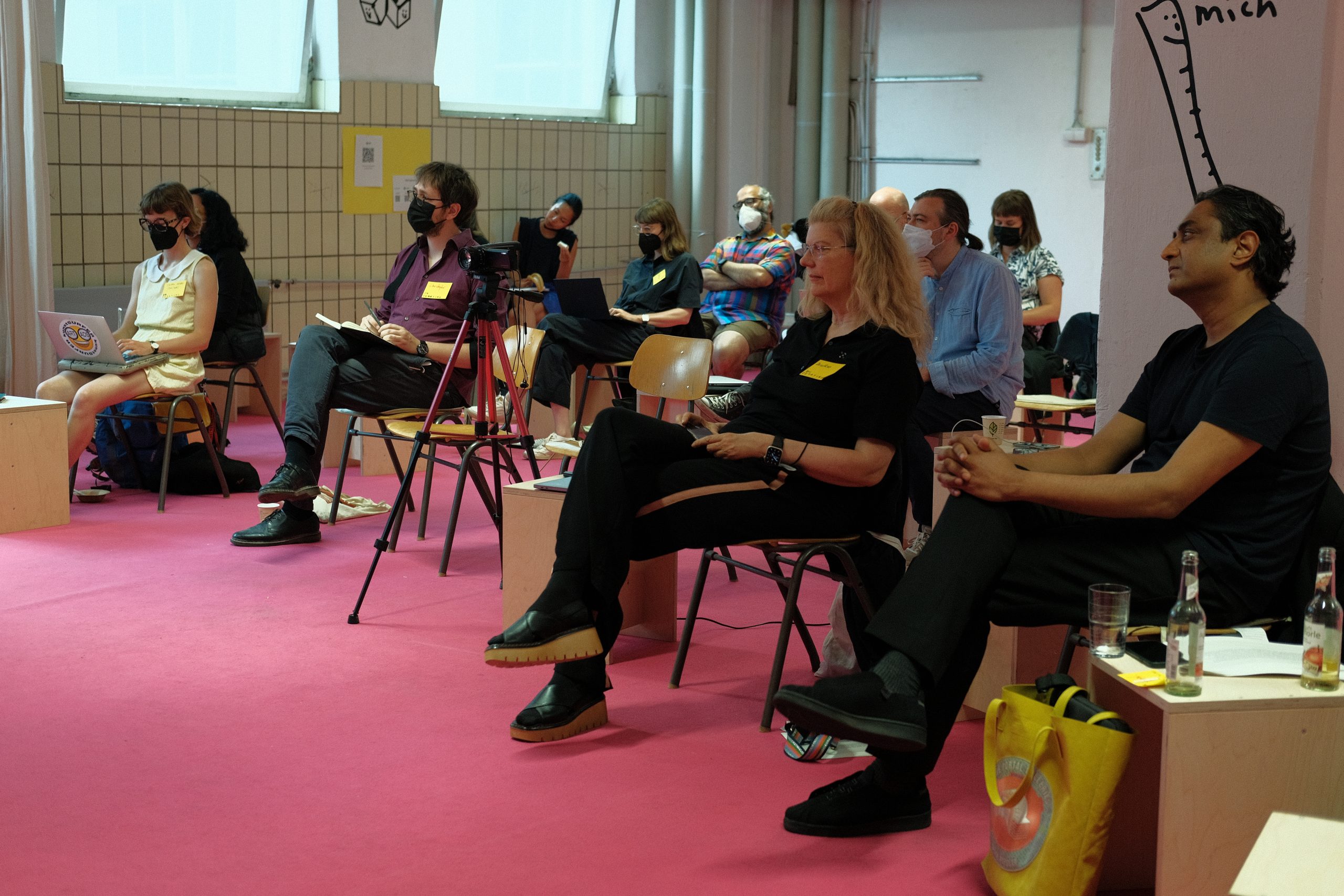
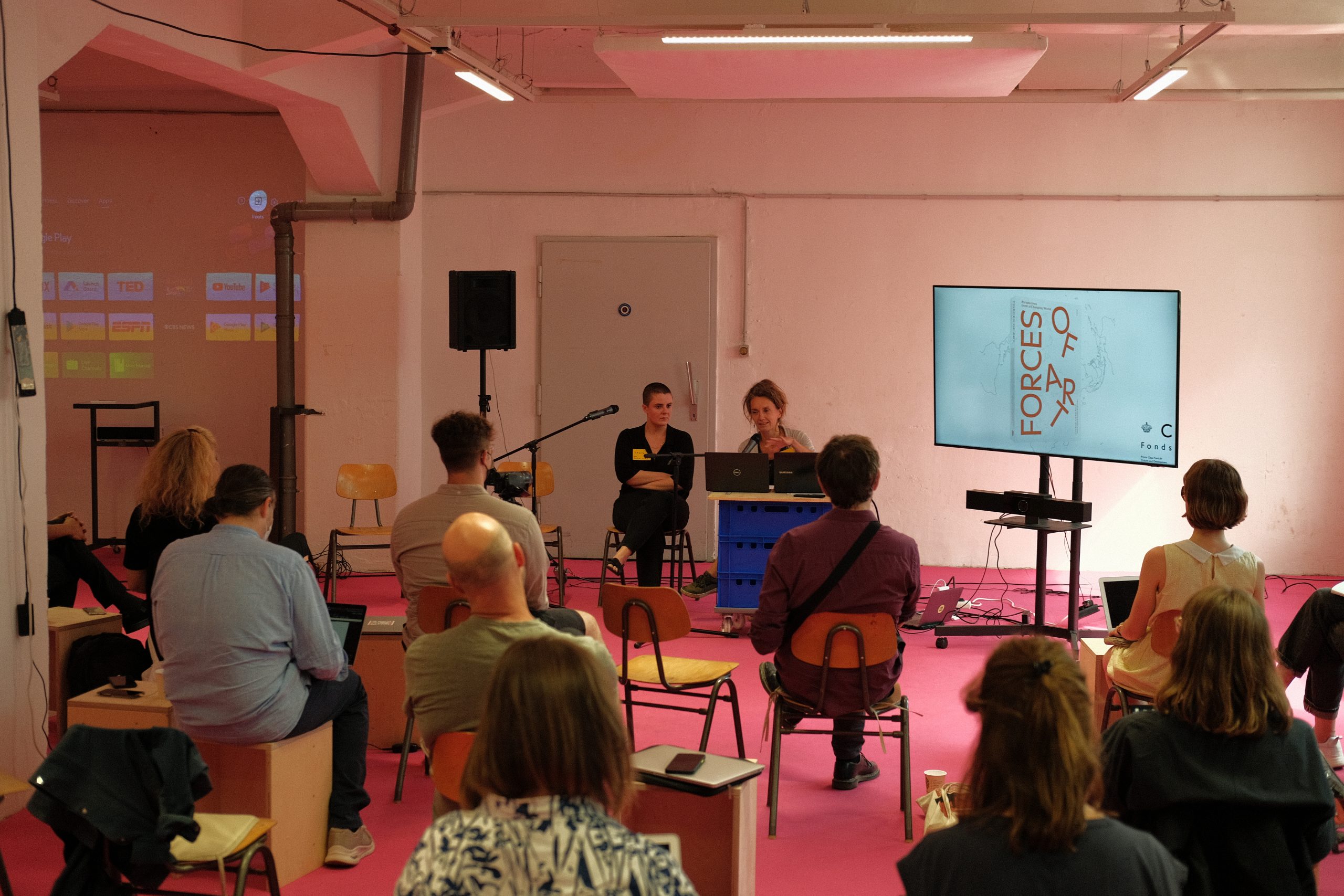


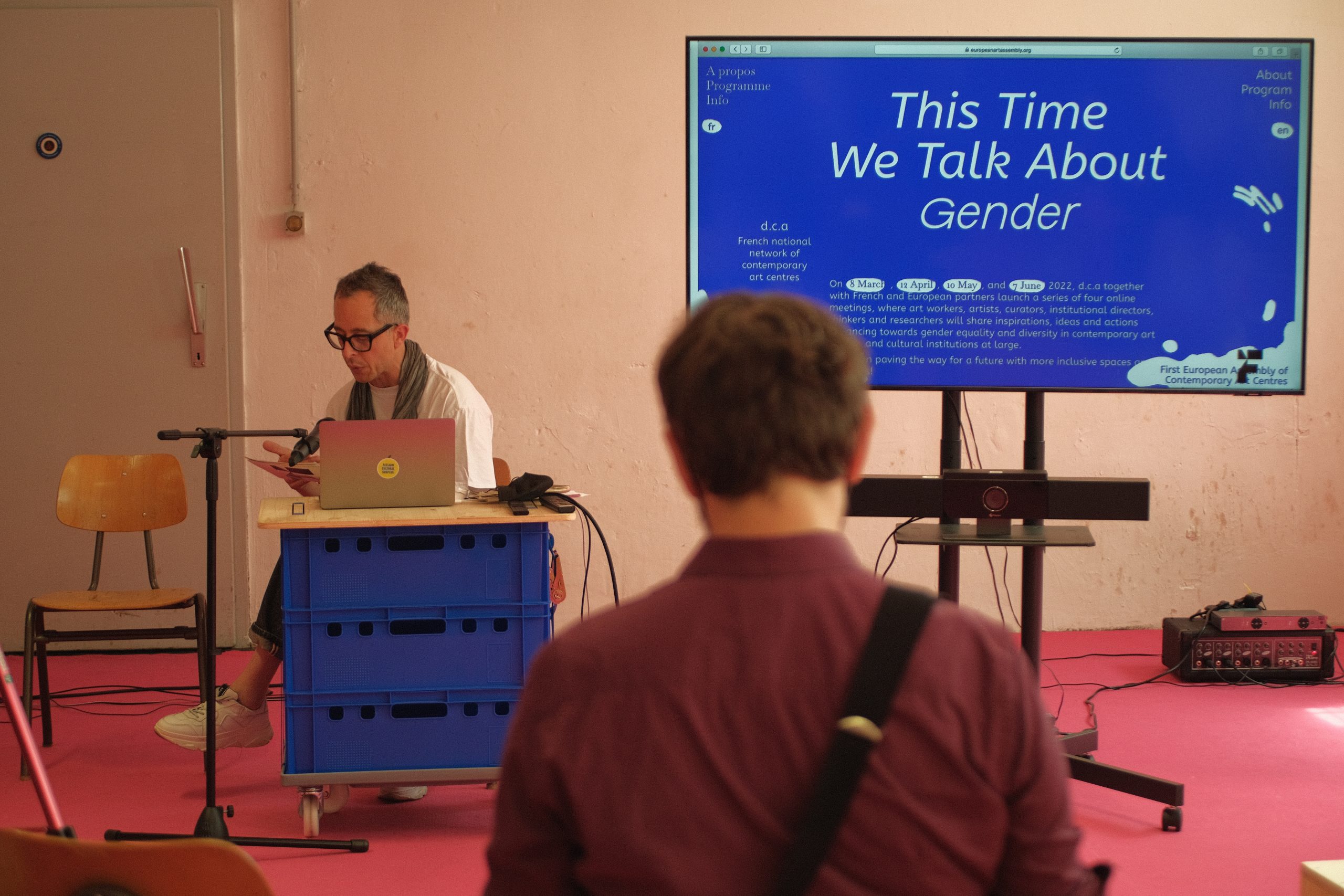
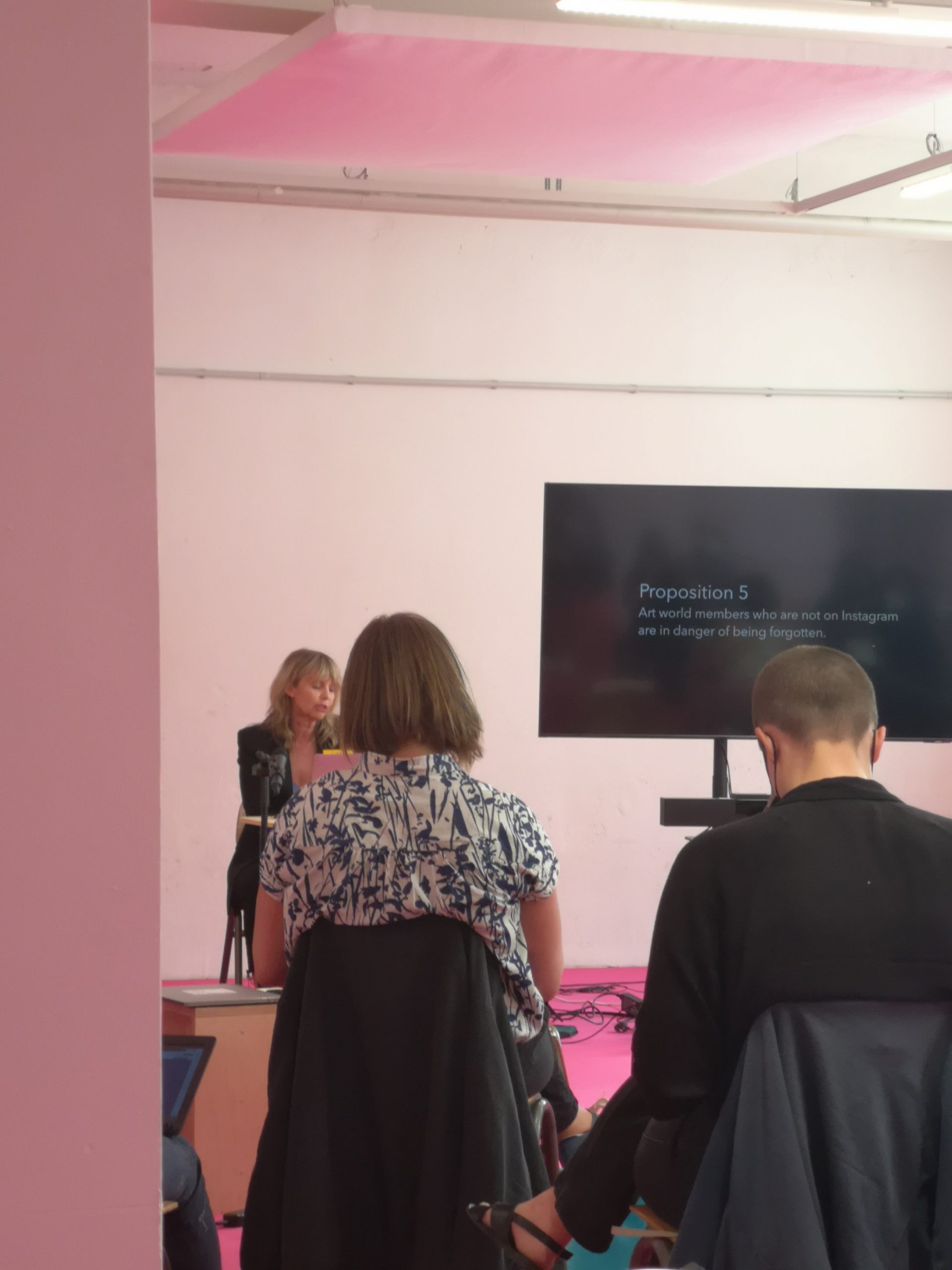

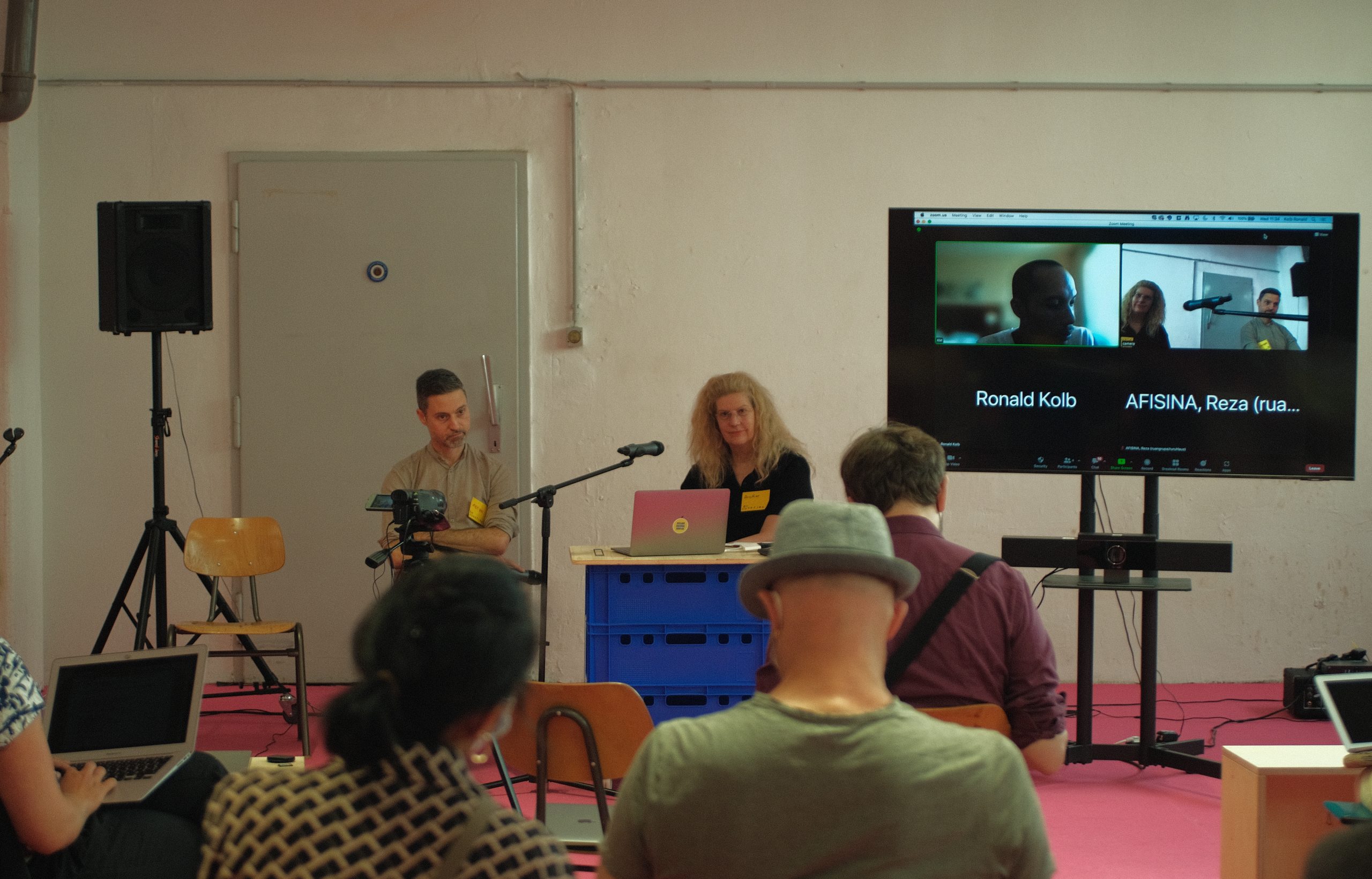
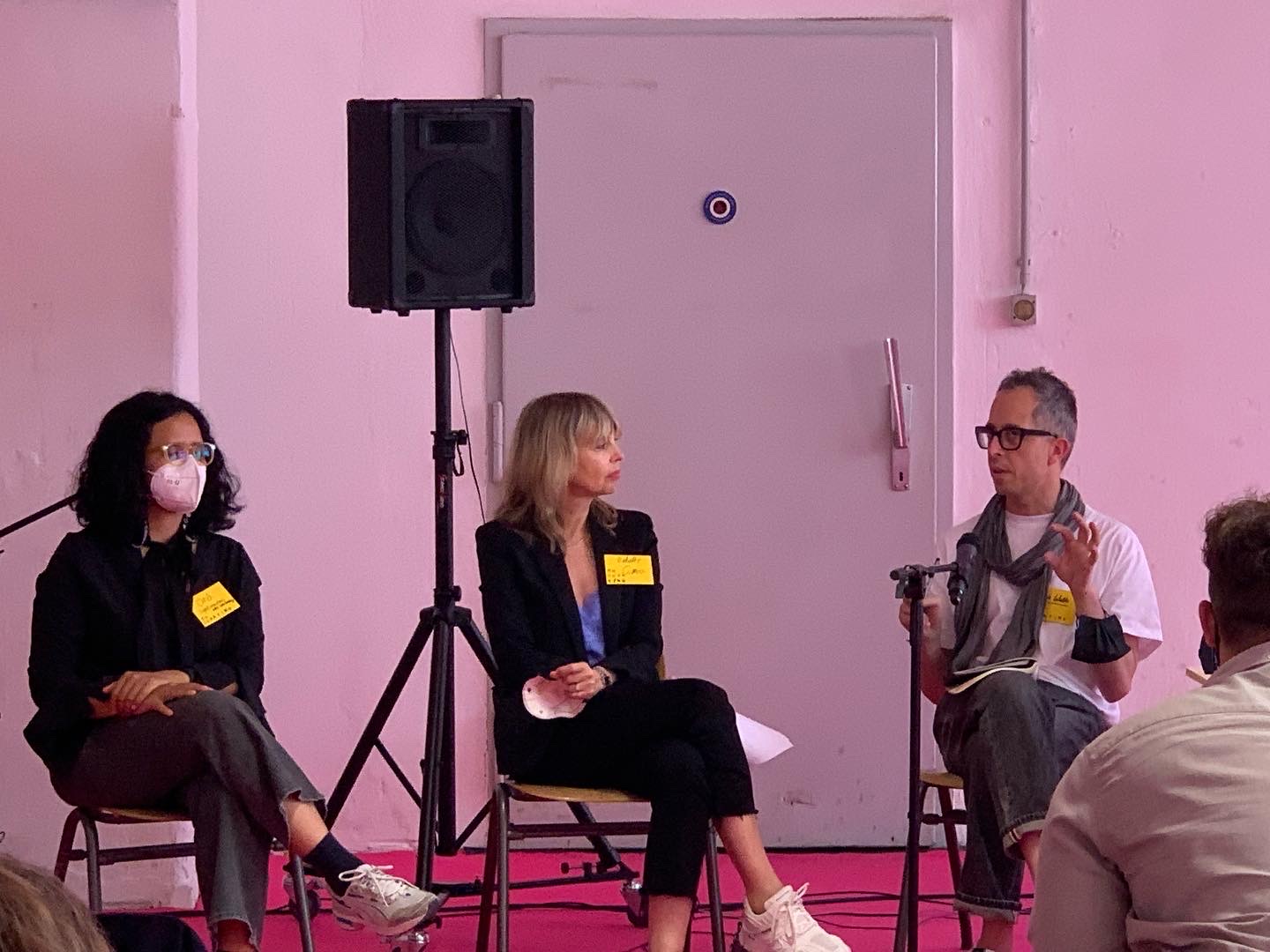






Speculations on Funding
concept: Ronald Kolb, Shwetal Patel, Dorothee Richter
with Antonio Cataldo, Meron Mendel, Isabelle Graw, Joshua Decter, Farid Rakun, Reza Afisina, Laura Alexander, Myriam Vandenbroucke
Concept:This workshop/conference addresses two key issues related to arts funding:
firstly, funding paradigms and their complicity in the reproduction of unequal relations and the perpetuation of (neo)colonial dichotomies by creating new dependency effects (i.e., perpetuating systems of exploitation, representation in national frameworks, asymmetric funding structures, etc.); secondly, funding schemes favouring singular artistic production of reification/objectification, which means an emphasis on the funding of singular artists, playing into the hands of an art market hegemonically structured for an economic system of speculation with its need for commodification, ultimately financing an art market that prospers best in countries with the biggest income gap.
Background
Although a centre-periphery model conveyed within the art discourse has already been thoroughly scrutinised, questioned, and turned upside down, it is still prevalent in funding structures and in the broader circulation of valorisation of artworks in the art market and in art history. In a post-Marxist reading the centre-periphery dynamic is not just an historical (colonial, geopolitical) situation within nation states (urban–rural) or between “the West and the rest”, but rather makes clear that an unequal and exploitative relationship between so-called underdeveloped countries and wealthy states are created and perpetuated: to keep those in dependency to wealthy states, serving an accelerated capitalism, and keeping the capitalist countries in the centre. This dynamic can be found within the countries of the “South” – and the “North”.
In addition to this reading of the production and circulation of art in complex global entanglements, art production must be considered against the backdrop of a hegemonically structured art market with its need for commodification, with its output not only aiming to enter and circulate in the art market and art institutions, but also art production that is produced as speculative value with help of funding bodies and the art field at large – and both commodification and speculation prosper best by singularising art production and individualizing works of art to a sole author. The countermovement to this is to gain a certain independence through other, commonly shared financing models, and to enter an economy of sharing. No commons without commoning, but what does this exactly mean? What can be the future of the commons: “Neoliberalism’s ‘Plan B’ or the Original Disaccumulation of Capital?” as George Caffentzis puts it.